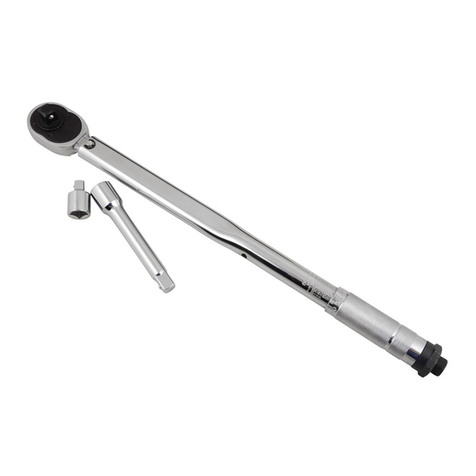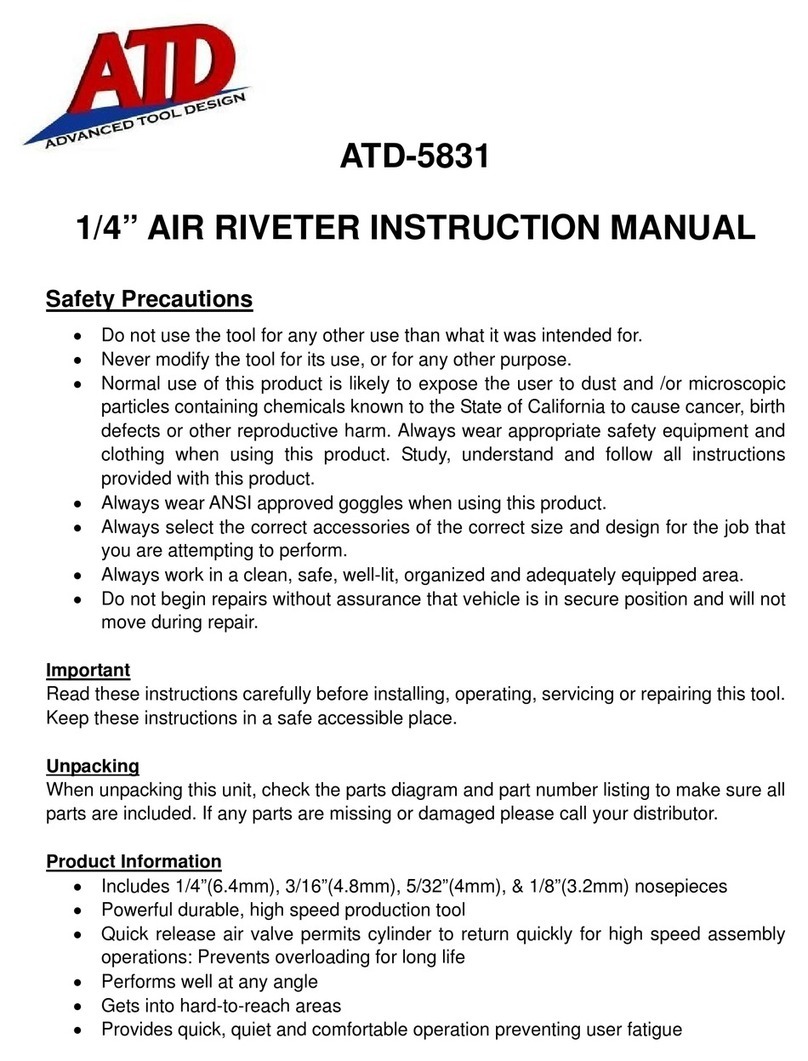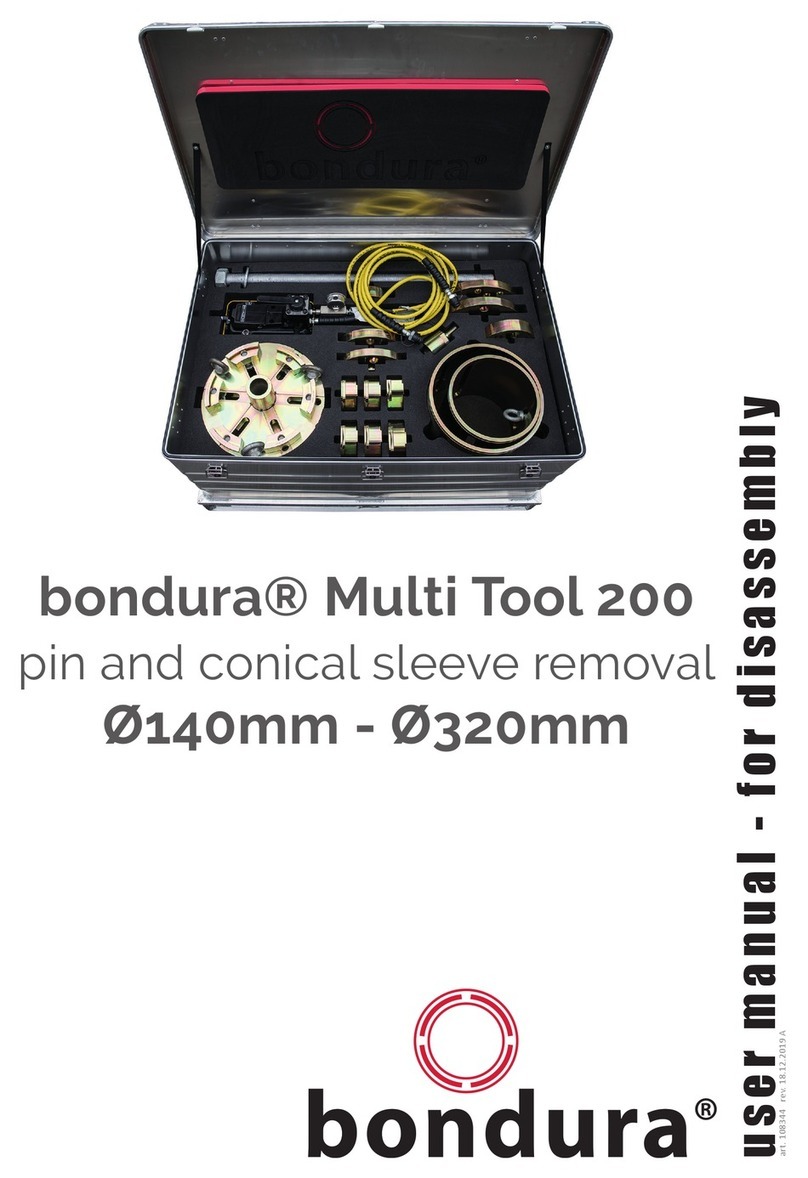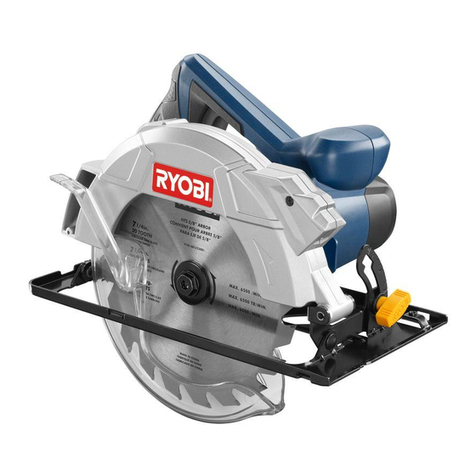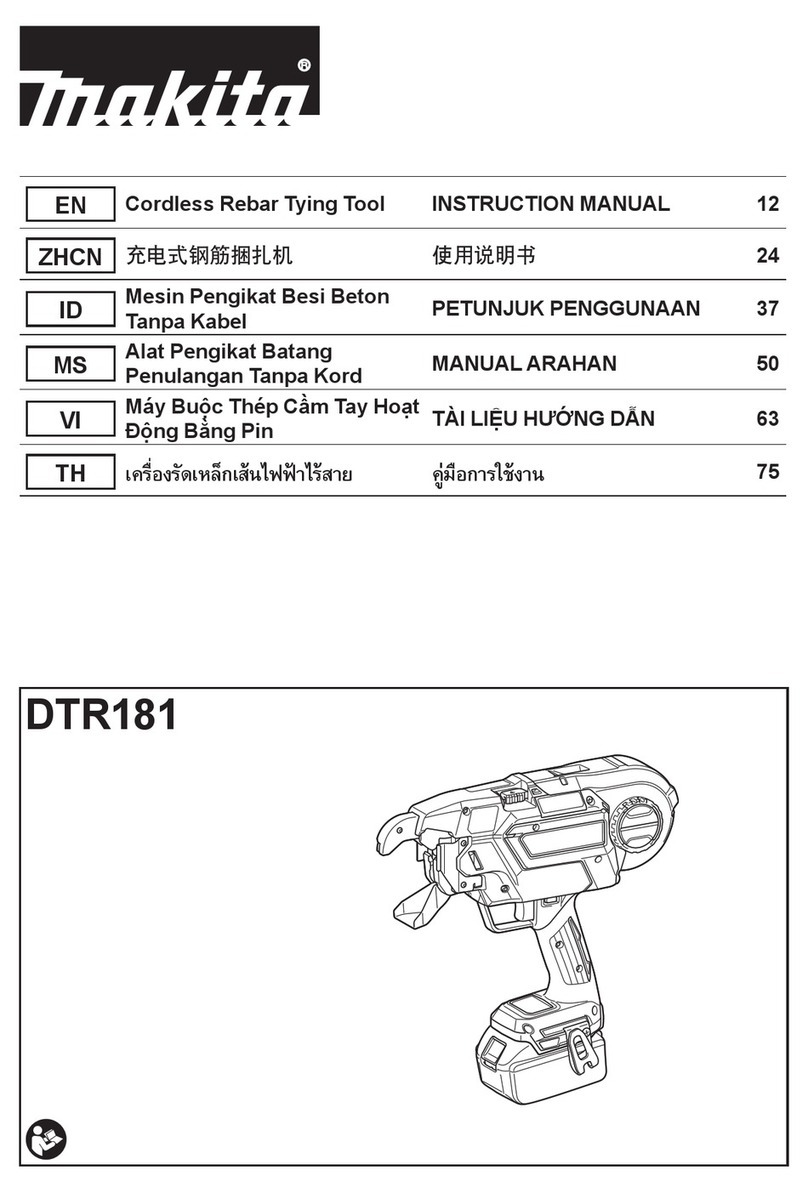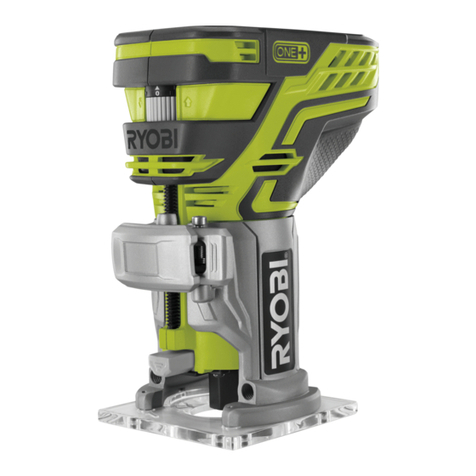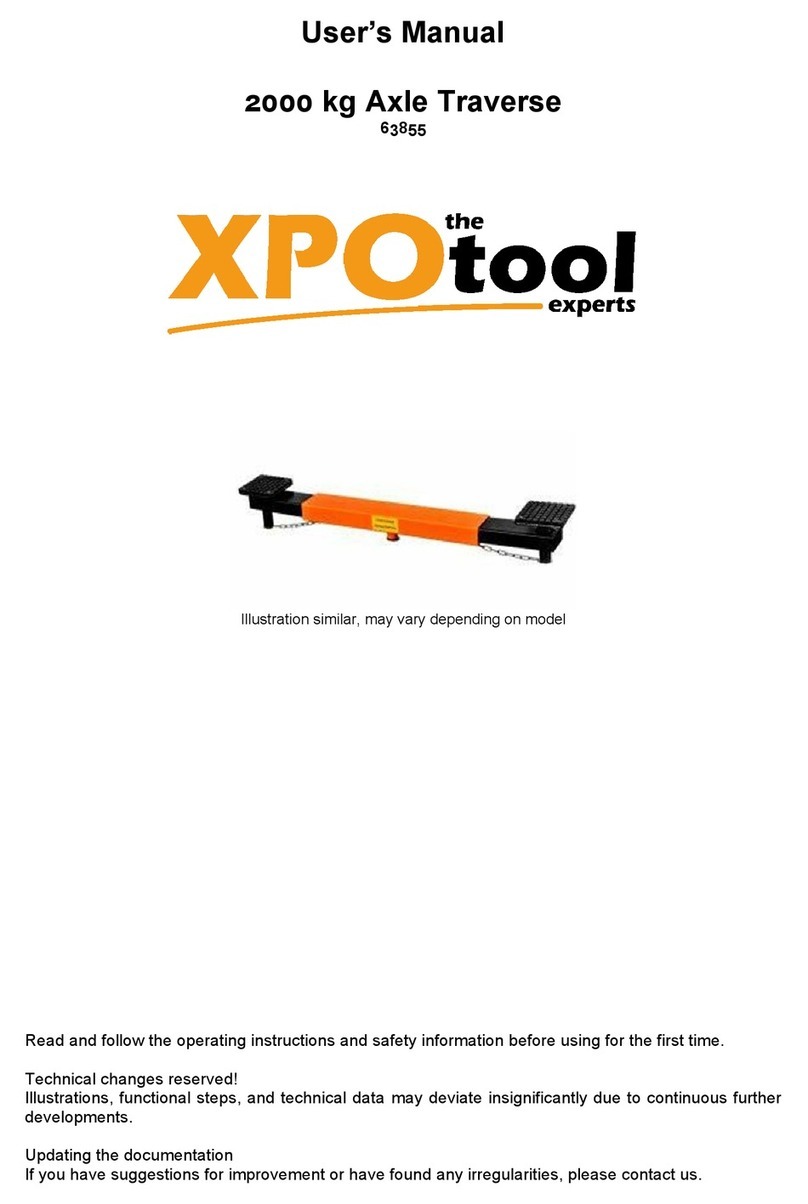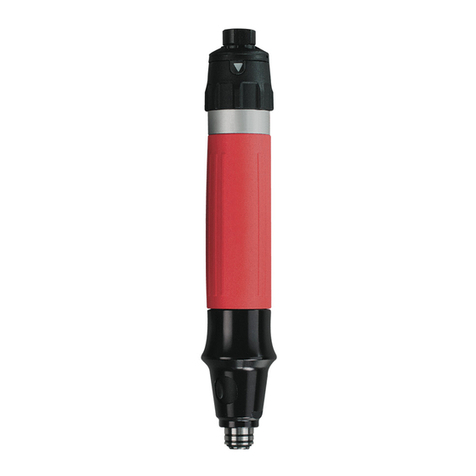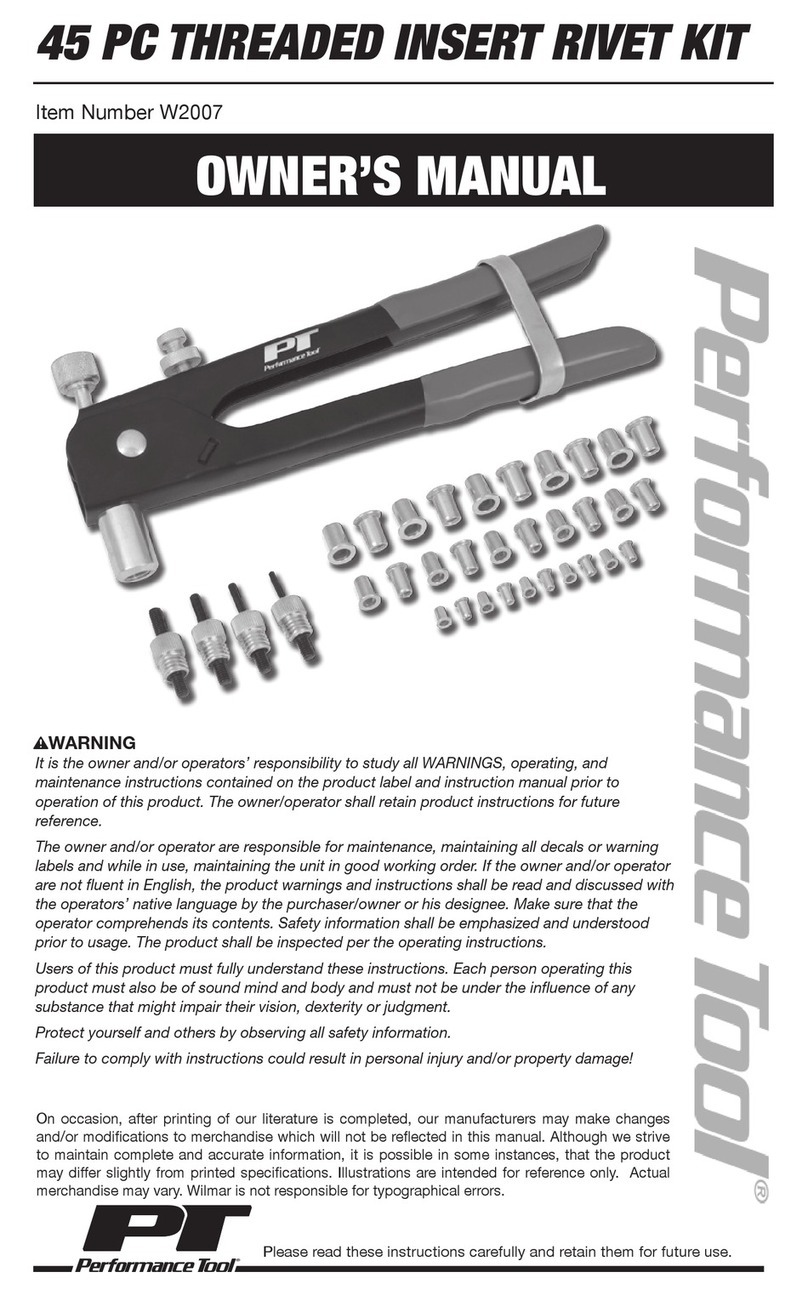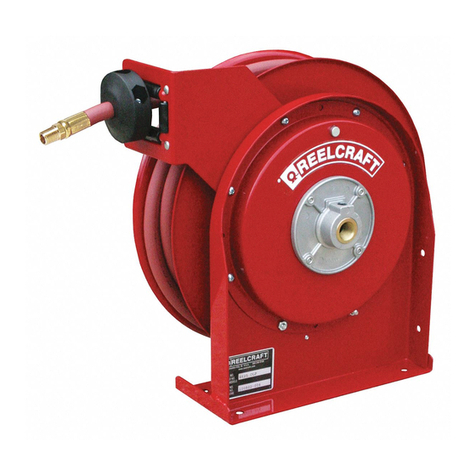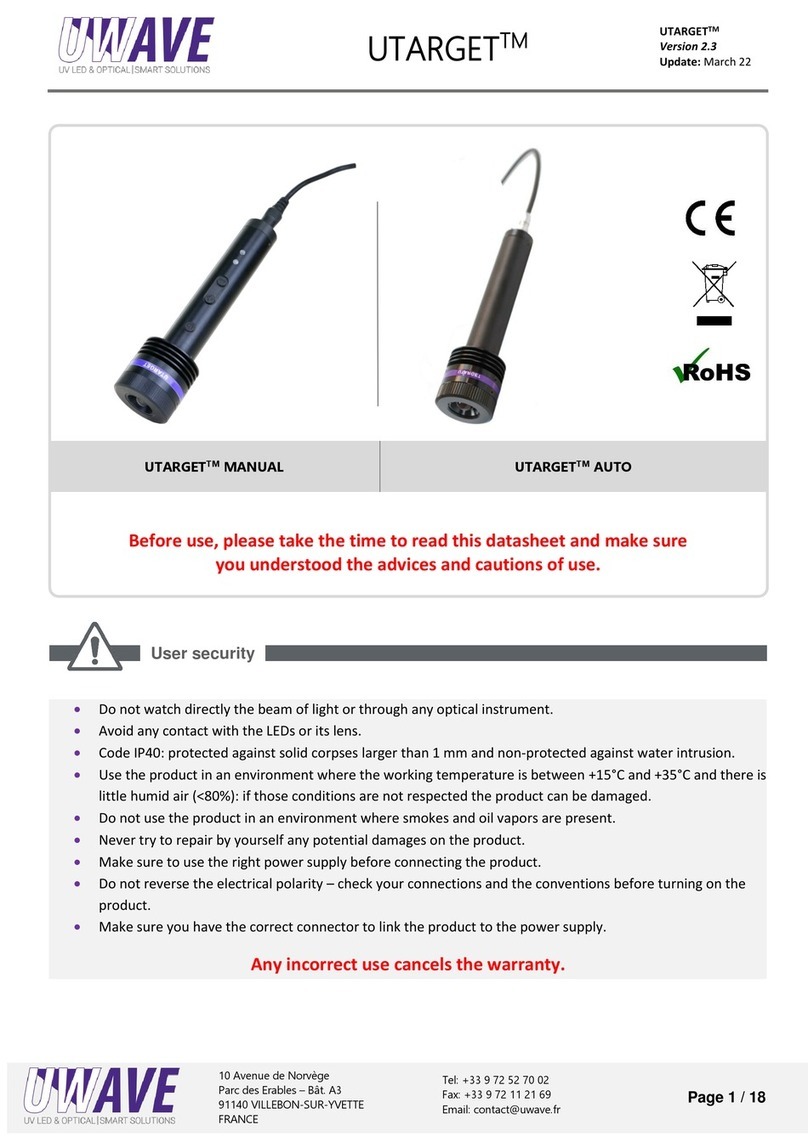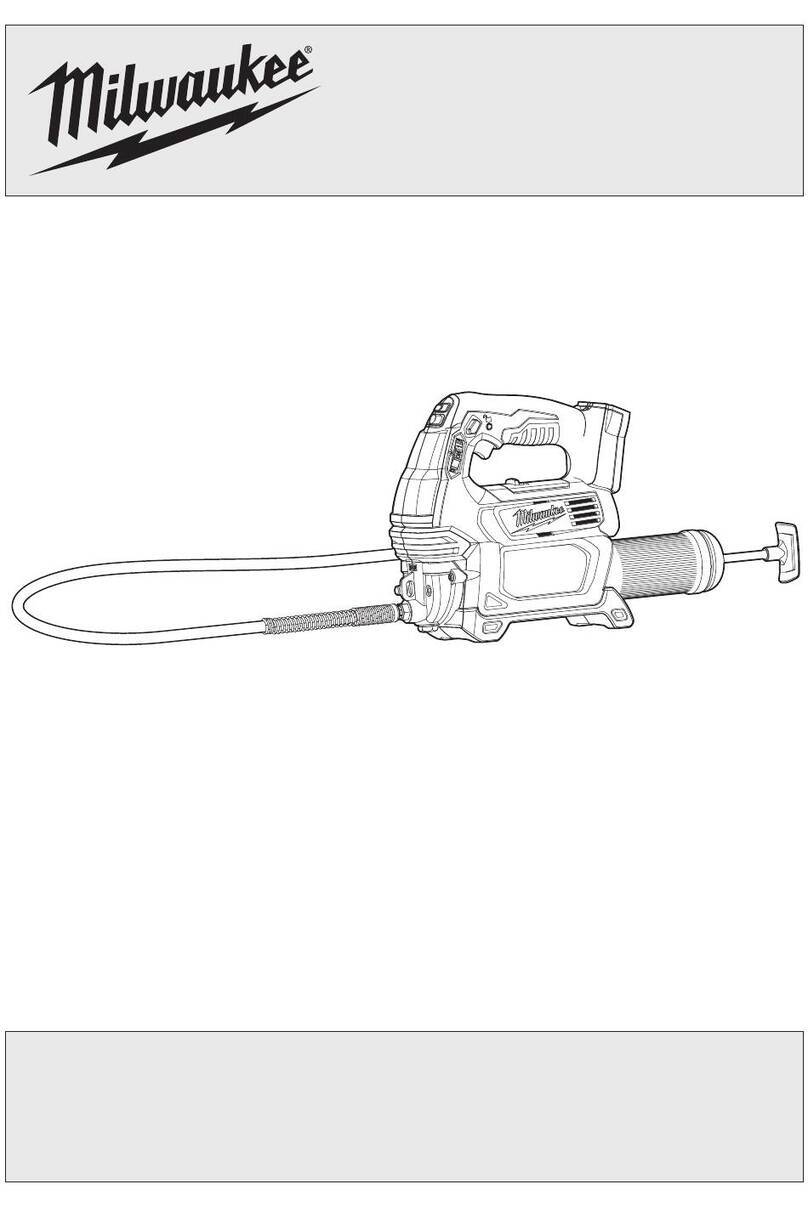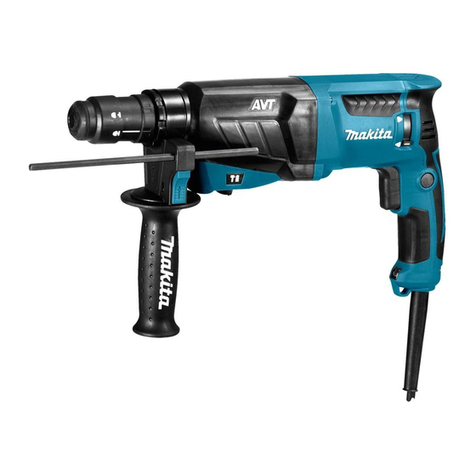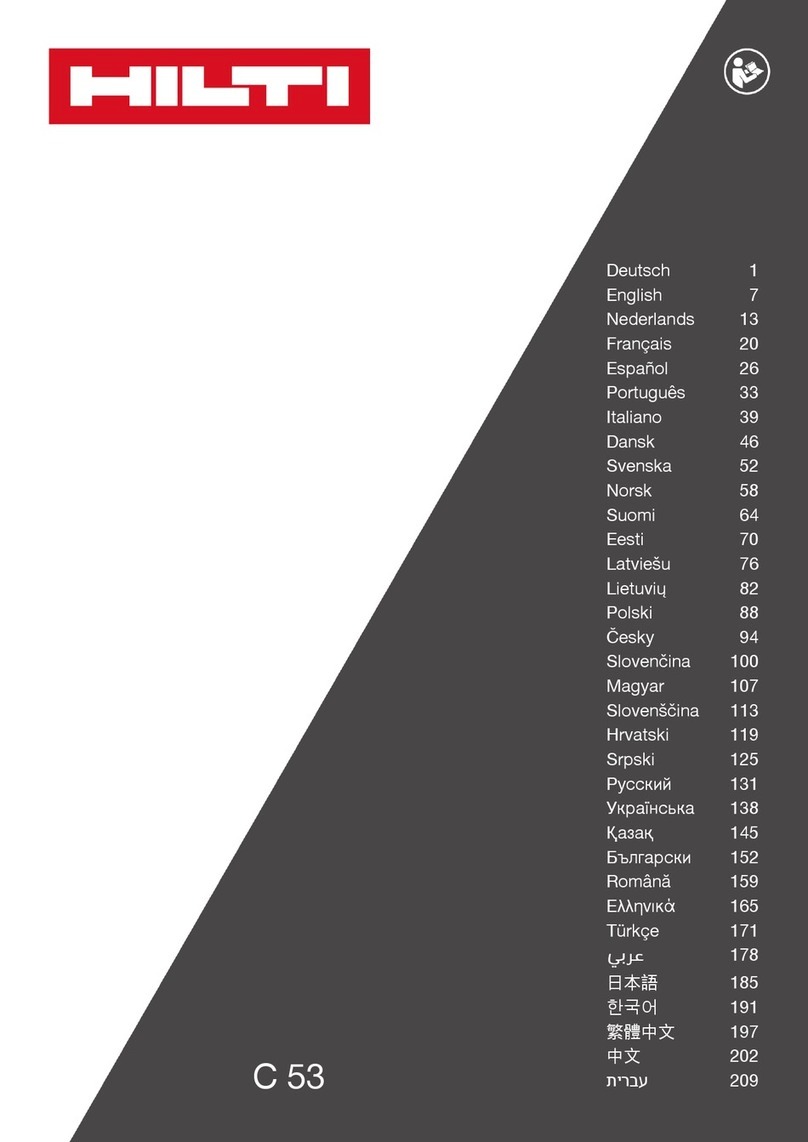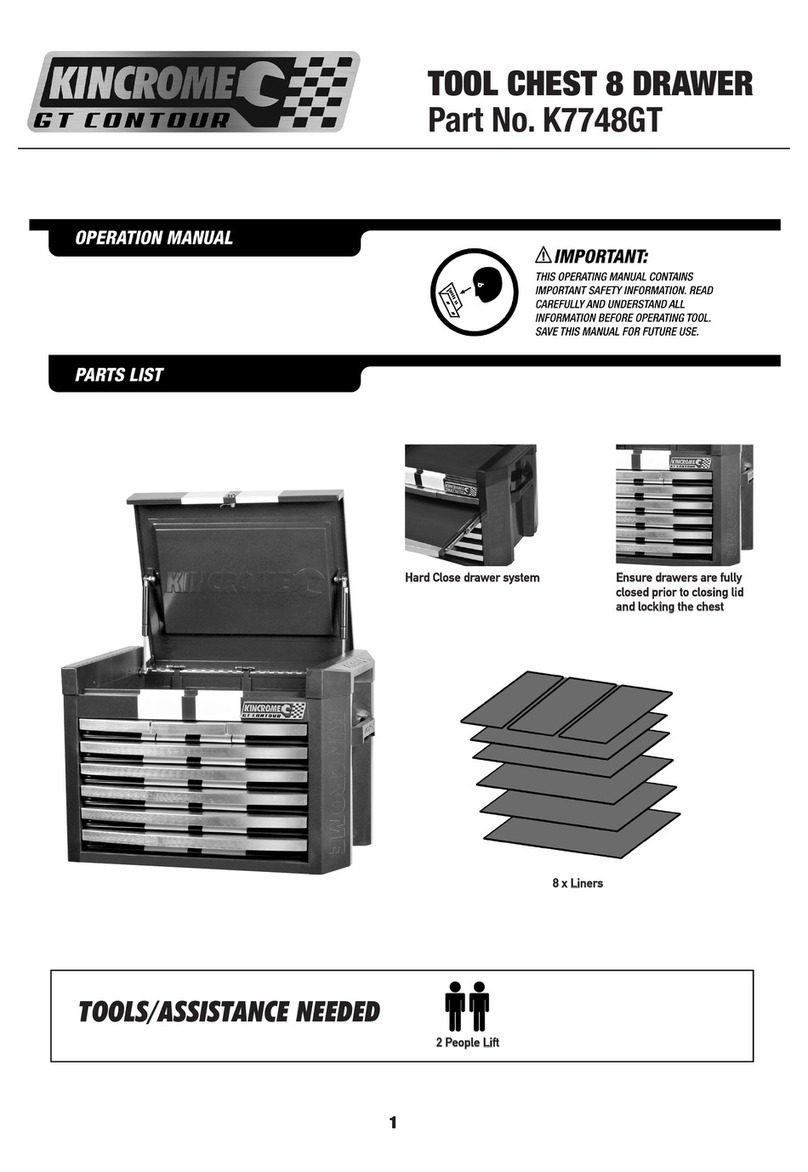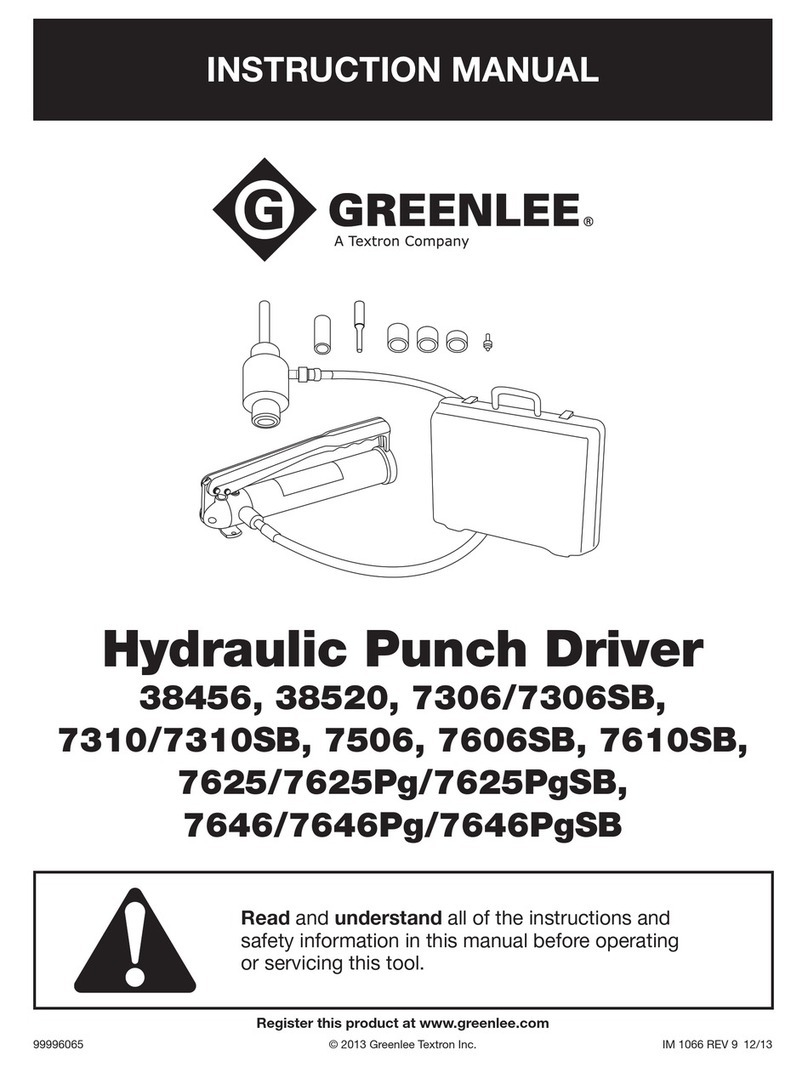Breezer Microlight M400 Owner's manual

Microlight M400
Pilot Operating Handbook
Issue 1
This Manual belongs to aircraft reg : ________________________
Breezer Type : Breezer M400____________
Serial No. : ________________________
Owner/operator : ________________________
Date : ________________________
Manufacturer: Ascent Industries Ltd. (Trading name Breezer Aviation
used throught this manual)
This handbook should be kept with the aircraft.

2
Breezer M400 UK-22 Pilot Operating Handbook iss 1
Type
Production
Serial Number:
Destination and year of
production (if known)
Fuselage
Breezer Nose Wheel
BREEZER
AVIATION
Ascent Industries
Luke’s Field
Kent
Engine
ROTAX 912 ULS
BOMBARDIER
-ROTAX
GMBH
AUSTRIA
PROPELLER
DUC Swirl
1730 mm (100hp)
Or Woodcomp
Propuls AE174
DUC Helices,
France
Woodcomp
CZ
B
l
a
d
e
S/N’s
1
.
2
.
3
.
Parachute
Safety
system
BRS 6 1050
BRS
S/N
Manufacturer
Ascent Industries Ltd T/A BREEZER AVIATION
The Hangar
Wanshurstgreen Farm,
Battle lane,
Marden,
Kent, TN12 9DF
Breezer Aviation is a trading name of Ascent industries Ltd. Company registration nr 7731403
The Breezer aircraft design has been assessed by the BMAA on behalf of the CAA against BCAR
Section S (supplemented with appropriate requirements from CS-VLA). The aircraft is a Type
Approved Microlight under the ultimate supervision of the CAA.

3
Breezer M400 UK-22 Pilot Operating Handbook iss 1
Amendment status
No.
Description
Page
Date
Signature
1
Initial Issue
All
9th January
2018

4
Breezer M400 UK-22 Pilot Operating Handbook iss 1
Contents
Manufacturer................................................................................................................................................2
1General.....................................................................................................................................................6
1.1 Introduction.....................................................................................................................................6
I.2 Certification basis................................................................................................................................7
I.3 Notes / Warnings.................................................................................................................................7
I.4 Description /Technical data..................................................................................................................7
3 - view Breezer M400 UK...............................................................................................................................9
II Limitations ..........................................................................................................................................9
II.1 Introduction.....................................................................................................................................9
II.2 Airspeed limitations.......................................................................................................................11
II.2.1 Airspeed calibration:......................................................................................................................11
II.3 Airspeed indicator markings...........................................................................................................11
II.4 Power plant........................................................................................................................................12
II.4.1 Engine...........................................................................................................................................12
Operating weights and loading (occupants, baggage, fuel, ballast) ...............................................................13
II.4.2 Lubrication / Coolant.....................................................................................................................14
Coolant: .....................................................................................................................................................14
Designation BASF Glysantine G48 or similar .....................................................................................14
II.4.3 Propeller............................................................................................................................................14
II.5 Weight / Centre of gravity..................................................................................................................14
I.6 Manoeuvre limits...............................................................................................................................14
II.7 Fuel limitations..............................................................................................................................15
III Emergency Procedures.......................................................................................................................15
III.1 Introduction...................................................................................................................................15
III.2 Engine failure................................................................................................................................15
III.2.1 –On the ground ...............................................................................................................................15
III.2.2 –Short after Take off .......................................................................................................................15
III.2.3 –in flight.........................................................................................................................................15
III.3 Fire................................................................................................................................................15
III.4 Glide.............................................................................................................................................16
III.5 Forced landings .............................................................................................................................16
III.6 Stalls / Spins..................................................................................................................................17
III.7 Other emergencies.........................................................................................................................17
III.8 Recovery system............................................................................................................................18
IV Normal procedures.............................................................................................................................18
IV.1 Introduction...................................................................................................................................18
IV.2 Pre-flight inspection.......................................................................................................................18

5
Breezer M400 UK-22 Pilot Operating Handbook iss 1
Walk-around inspection..............................................................................................................................18
IV.3 Normal procedures.........................................................................................................................20
IV.4 Check list ......................................................................................................................................23
VPerformance ...........................................................................................................................................23
V.1 Introduction...................................................................................................................................23
V.2 Airspeeds ......................................................................................................................................23
V.2.1 Load limits....................................................................................................................................23
V.2.2 Take-off and landing distances.......................................................................................................23
V.2.3 Rate of climb.................................................................................................................................23
V.3 Wind speeds and service ceiling.....................................................................................................23
V.4 Range............................................................................................................................................24
V.5 Noise emission measurements........................................................................................................24
VI Weight and Balance...........................................................................................................................24
VI.1 Introduction...................................................................................................................................24
VI.2 Weighing (completed at first factory build) ....................................................................................24
VI.3 Weighing report example.............................................................................................................27
VII Aircraft and systems description.........................................................................................................27
VII.1 Structure........................................................................................................................................27
VII.2 Flight controls ...............................................................................................................................27
VII.3 Instrument panel example ..............................................................................................................28
VII.4 Landing gear..................................................................................................................................28
VII.4.1 Brake system.............................................................................................................................28
VII.4.2 Adjustable rudder pedals............................................................................................................28
3.6 Adjustable rudder pedals for the pilot can be ordered as an option...................................................28
VII.5 Seats and safety harnesses..............................................................................................................29
VII.6 Baggage compartment ...................................................................................................................29
VII.7 Canopy..........................................................................................................................................29
VII.8 Engine...........................................................................................................................................29
VII.9 Fuel system ...................................................................................................................................30
VII.10 Electrical system .......................................................................................................................31
VII.11 Pilot-static system......................................................................................................................31
VII.12 Avionics....................................................................................................................................31
VII.13 Placards.........................................................................................................................................31
Warning placard - flight manoeuvres: On the instrument panel....................................................................32
VIII Handling, service and maintenance.....................................................................................................34
VIII.1 Introduction...............................................................................................................................34
VIII.2 Maintenance intervals................................................................................................................34
VIII.2.1 Changes / Repairs..........................................................................................................................34
VIII.3 Ground handling........................................................................................................................34
VIII.4 Cleaning and care......................................................................................................................34
VIII.5 Special operating conditions ......................................................................................................34
IX Equipment.........................................................................................................................................34

6
Breezer M400 UK-22 Pilot Operating Handbook iss 1
IX.2 Recovery system............................................................................................................................35
IX.3 Optional equipment .......................................................................................................................35
XAppendix................................................................................................................................................36
X.1 Check list ......................................................................................................................................36
X.2 Control surface deflections and weights .........................................................................................37
X.3 Electrical circuit plan example. ......................................................................................................38
Each Breezer will be delivered with its own circuit diagram to cater for any minor differences ....................38
X.4 Recovery system installation..........................................................................................................39
1 General
Read this Handbook carefully before your first flight!
1.1 Introduction
This handbook contains the information required by airworthiness requirements to be furnished to the
pilot and supplemental data supplied by the manufacturer. It has been compiled to supply pilots and
instructors with all the necessary information to ensure the safe operation of this microlight aeroplane.
The handbook is based on the current standard-equipped version of the Breezer. Supplemental
equipment is usually not dealt with. Information on such optional equipment is provided by the
operating instructions issued by Breezer Aviation.
It is the responsibility of the operator of the aircraft to read the handbooks and operating instructions
and to familiarise him/herself with the aircraft, its engine and equipment, in particular with the special
characteristics of the Breezer M400. A record of all amendments is to be found in the front of this
manual.
To operate the aircraft the pilot must hold a suitable valid pilots license and ensure he/she has
appropriate familiarization on type. The aircraft is not to be flown unless it is registered, carries
registration markings in accordance with the requirements of the UK CAA, and has a Permit to Fly.
The aircraft is to be flown under daytime VFR. Flight into conditions other than VFR is extremely
dangerous and can result in serious injury or death.
It is recommended that the pilot understands flying the Breezer as it possesses characteristics that
are unique to microlight aircraft. These characteristics include low inertia, susceptibility to turbulence
and wind gradient and special engine considerations.
The safety of all occupants, the aircraft and persons on the ground are the sole responsibility of the
the Pilot in command. Do not operate this aircraft in a manner that would endanger the occupants, the
aircraft or persons on the ground.
The engine of this aircraft is not certified, and could fail at any time. For this reason it is
recommended NEVER fly over congested areas or other areas on to which a safe landing
cannot be made in the event of an engine failure. On cross country flights, ALWAYS keep an
emergency landing field in sight.
Changes to the control system, structure, wings, engine or any other part of the aircraft are prohibited
unless approved by Breezer Aviation or the BMAA. Any unautherised changes would invalidate any
permit to fly and as such would result in an insurance becoming null and void.
Any operating difficulties and equipment failures should be reported to Breezer Aviation.

7
Breezer M400 UK-22 Pilot Operating Handbook iss 1
I.2 Certification basis
This aircraft is a Type Approved Microlight and was manufactured in accordance with BCAR Section
S airworthiness standards approved by the UK CAA.
I.3 Notes / Warnings
Notes and sections which are of particular importance to operation and flight safety are highlighted as
follows:
Note
Draws attention to information which is not directly related to the safe operation of the microlight
aircraft but which is important and to which attention should be paid.
Caution
Draws attention to methods, procedures or limits which must be followed to avoid short-term or long-
term degradation of flight safety.
Warning
Draws attention to methods, procedures or limits which must be followed precisely to avoid immediate
or massive degradation of flight safety.
Note
Always prepare a cross-country flight with due diligence. Use all available sources of information, e.g.
NOTAMS, aviation authority bulletins, safety requirements. Even on short flights you should always
call up the current weather reports, notams and forecasts.
Caution
For fire safety reasons, smoking is prohibited on board.
Avoid flights in heavy turbulence or thermal winds. Should you be unable to avoid such areas,
reduce speed to Vno to avoid damage to the aircraft structure.
Keep well away from storm fronts. Make a precautionary landing if necessary.
I.4 Description /Technical data
The Breezer is a two-seat microlight aircraft with a conventional aluminium stressed skin structure.
It is a monoplane with a cruciform empennage arrangement, two side-by-side seats, tricycle landing
gear and flaps.
The Breezer is powered by a geared Rotax 912 carburetted engine
Fuselage:
Length 6.73 m
Height 2.14 m
Cockpit width 1.16 m
Wing:
Span 8.05 m
Wing depth 1.36 m
Wing area 10.95 m²
Wing aspect ratio 5.9
Wing profile type NACA 4414 mod.
Aileron:
Aileron area 0.93 m2

8
Breezer M400 UK-22 Pilot Operating Handbook iss 1
Flaps:
Area 1.14 m2
Positions 0°/ 15° ±1,5°/ 25°±1,5° / 43° ±1,5°
Horizontal stabilizer:
Span 2.82 m
Stabilizer Area 2.40 m2
Elevator area 0.43 m²
Max. elevator deflection + 25° ±1°/ - 20° ±1°
Vertical stabilizer:
Span 1.24 m
Stabilizer area 0.82 m2
Rudder area 0.46 m2
Max. rudder deflection +/- 25° ±1°

9
Breezer M400 UK-22 Pilot Operating Handbook iss 1
3 - view Breezer M400 UK
II Limitations
II.1 Introduction
This chapter includes operating limitations for the safe operation of the aircraft, its engine and
standard equipment. The limitations have been calculated and verified by tests.
Warning
The structure of this microlight aircraft is designed for a load limit of +4/-2g. Greater loads can
lead to catastrophic failure.

10
Breezer M400 UK-22 Pilot Operating Handbook iss 1
Microlight aircraft are prohibited from performing aerobatic manoeuvres.
Turns with a banking angle of more than 60° are not allowed.
The never-exceed speed (VNE) must never be exceeded
Full control movements may be made up to the manoeuvring speed (VA). Above this speed,
no full or abrupt control movements should be made.
The maximum structural cruising speed (VNO) must not be exceeded except in smooth air and
then only with caution.
The flap limiting speed (VFE) must not be exceeded with the flaps extended.
Flight in known icing conditions is prohibited.
Flight operations should be terminated in very gusty winds or in wind speeds above 22 kts.
Providing the Breezer M400 is flown within the placarded limitations of pilot and baggage
weight, the aircraft will always be within the stated and tested CG limits.
The limitations are marked on the instruments in the cockpit. In addition, placards are mounted in the
cockpit on which the operating limitations are listed. These placards must not be removed at any time.

11
Breezer M400 UK-22 Pilot Operating Handbook iss 1
II.2 Airspeed limitations
Note The airspeeds given in the table below are indicated airspeeds (IAS).
Abbreviation
Term
IAS
Explanation
Mph
kts
VS0
Minimum speed;
stall speed
30
26
Minimum speed at 472,5 kg
(MTOW) and 45° flaps
VS
Minimum speed;
stall speed
35
30
Minimum speed at 472,5 kg
(MTOW) and 0° flaps
VFE
Maximum flaps
extended speed
78
68
Maximum speed with flaps
extended
3rd stage (advisory)
70
60
Maximum speed with 3rd
stage flap extended
VA
Maneuvering speed
86
75
No full or abrupt control
movement above this speed
Vno
Maximum structural
cruising speed
119
103
Operations must be conducted
with caution and only in
smooth air
VNE
Never exceed speed
150
130
Under no circumstances VNE
be exceeded; maximum
control deflections 1/3.
II.2.1 Airspeed calibration:
The following table shows indicated airspeed (IAS) and the calibrated airspeed (CAS), which is
corrected for installation errors.
IAS
[Mph]
30
35
40
50
60
70
80
90
100
110
120
130
140
150
CAS
[Mph]
40
44
48
56
65
73
82
90
99
107
116
124
133
141
IAS
[Kts]
30
35
40
50
60
70
80
90
100
110
120
130
140
150
CAS
[Kts]
35
38
42
49
56
63
71
78
86
93
101
108
116
123
II.3 Airspeed indicator markings
Marking
Indicated airspeeds
Explanation
Mph
kts
White arc
30 –78
26 –68
Full flap operating range
Green arc
35 –119
30 –103
Normal operating range
Yellow arc
119 - 150
103 –130
Operations must be conducted with
caution and only in smooth air
Red line
150
130
Maximum speed for all operations
(VNE)

12
Breezer M400 UK-22 Pilot Operating Handbook iss 1
II.4 Power plant
II.4.1 Engine
Engine manufacturer: BRP-Powertrain GmbH & Co KG
Engine model: 912 UL (59, 6 kW / 80 hp)
Description: 4-stroke, 4 cylinder horizontally opposed, spark ignition engine, one
central camshaft –push-rods –OHV
Liquid cooled cylinder heads
Ram air cooled cylinders
Dry sump forced lubrication
Dual breakerless capacitor discharge ignition
2 constant depression carburetors
Mechanical fuel pump
Prop drive via reduction gear with integrated shock absorber
Electric starter (12V 0,6 kW)
Integrated AC generator with external rectifier-regulator (12V 20A DC)
Gear: 2,27 : 1
Maximum take-off rpm: 5800 rpm (max. 5 minutes)
Maximum continuous rpm: 5500 rpm
Idle speed: ca. 1600 rpm
Take-off performance: 59,6 kW / 80 hp at 5800 rpm
Max. cont. performance: 58,0 kW / 78 hp at 5500 rpm
Fuel grade: Unleaded super, AVGAS 100LL
Acceleration: Limit of engine operation at zero gravity & in negative “G” conditions:
Max: 5 seconds at max. -0,5 g
Oil pressure: Max. 7 bar; Attention: For a short period admissible at cold start.
Min. 0,8 bar (12 psi) (below 3500 rpm)
Normal: 2,0 - 5,0 bar (29 - 73 psi) (above 3500 rpm)
Oil temperature: Max. 140°C (289°F)
Min. 50°C (120°F)
Normal operating temperature: ca. 90-110°C (190-230°F)
Engine coolant temperature: Max. 120°C (248°F)
Engine start, operating temp: Max. 50°C (120°F)
Min. -25°C (-13°F)
Fuel pressure: 0.15 - 0.5 bar (2.2 –5.8 psi)
Note:
Exceeding the max. admissible fuel pressure will override the float valve of the carburetor.
Note:
The delivery pressure of an additional backing pump (e.g. electric standby pump) must not exceed 0,5
bar (4.4 psi) in order not to override the float valve.

13
Breezer M400 UK-22 Pilot Operating Handbook iss 1
Engine model:912 ULS ( 73, 5 kW / 99 hp)
Description: 4-stroke, 4 cylinder horizontally opposed, spark ignition engine, one
central camshaft –push-rods –OHV
Liquid cooled cylinder heads
Ram air cooled cylinders
Dry sump forced lubrication
Dual breakerless capacitor discharge ignition
2 constant depression carburetors
Mechanical fuel pump
Prop drive via reduction gear with integrated shock absorber and overload clutch
Electric starter (12V 0,6 kW)
Integrated AC generator with external rectifier-regulator (12V 20A DC)
Gear: 2,43 : 1
Maximum take-off rpm: 5800 rpm (max. 5 minutes)
Maximum continuous rpm: 5500 rpm
Idle speed: ca. 1600 rpm
Take-off performance: 73,5 kW / 99 hp at 5800 rpm
Max. cont. performance: 69,0 kW / 93 hp at 5500 rpm
Fuel grade: Unleaded super, AVGAS 100LL
Acceleration: Limit of engine operation at zero gravity & in negative “G” conditions:
Max: 5 seconds at max. -0,5 g
Oil pressure: Max. 7 bar; Attention: For a short period admissible at cold start.
Min. 0,8 bar (12 psi) (below 3500 rpm)
Normal: 2,0 - 5,0 bar (29 - 73 psi) (above 3500 rpm)
Oil temperature: Max. 140°C (289°F)
Min. 50°C (120°F)
Normal operating temperature: ca. 90-110°C (190-230°F)
Engine coolant temperature: Max. 120°C (248°F)
Engine start, operating temp: Max. 50°C (120°F)
Min. -25°C (-13°F)
Fuel pressure: 0.15 - 0.5 bar (2.2 –5.8 psi)
Note:
Exceeding the max. admissible fuel pressure will override the float valve of the carburetor.
Note:
The delivery pressure of an additional backing pump (e.g. electric standby pump) must not exceed 0,5
bar (4.4 psi) in order not to override the float valve.
Operating weights and loading (occupants, baggage, fuel, ballast)
Max basic empty weight (for 472.5kg MAUW 100hp version)..... 291.5 kg
Max. take-off weight................................................................. 472.5 kg
Max. Landing weight ................................................................ 472.5 kg
Max. Fuel weight...................................................................... 55 kg
Max. Baggage weight in baggage area..................................... 15 kg
Number of seats ...................................................................... 2
Minimum crew weight............................................................... 55 kg
Max crew weight per seat......................................................... 105 kg

14
Breezer M400 UK-22 Pilot Operating Handbook iss 1
II.4.2 Lubrication / Coolant
Coolant:
Designation BASF Glysantine G48 or similar
Mixture –coolant / water 50/50
Coolant capacity: ~ 3 l (0,8 US gal)
II.4.3 Propeller
All of the tested and approved propellers on this Microlight Breezer aircraft are optimized by the
aircraft manufacturer to ensure an optimum combination of climb and cruise performance.
II.5 Weight / Centre of gravity
Maximum take-off weight (MTOW) 472.5 kg
Maximum landing mass 472.5 kg
Empty weight 100HP 291.5 kg
Empty mass cf. weighing sheet, Chap. VI
Maximum loading mass - baggage 15 kg
Wing loading at MTOW 43,2 kg/m²
Power loading at MTOW 6.43 kg/kW
The reference level for all centre of gravity calculations is the canopy guide rail. The reference datum
(BP) is the wing leading edge. Refer to Chapter VI for more detailed information on the horizontal
alignment of the aircraft and the permissible centre of gravity range.
Operating centre of gravity range:
Forward: 258 mm / 19% MAC
Rearward: 448 mm / 33% MAC
Note
The pilot is responsible for ensuring that the maximum take-off mass is not exceeded. If additional
equipment is installed, the empty mass will increase accordingly. If equipment is removed, the empty
mass will decrease accordingly.
Warning
If the MTOW is exceeded, the Microlight Breezer will be over-loaded. This in turn will lead to
deterioration in flight characteristics and performance. It also reduces structural margins.
Exceeding the centre of gravity limits will detrimentally affect the controllability and stability of
the aircraft.
Providing the Breezer M400 is flown within the placarded limitations of pilot and baggage
weight, the aircraft will always be within the stated and tested CG limits.
I.6 Manoeuvre limits
The Breezer is designed for normal flight operations. This include any manoeuvres incidental to
normal flying and stalls (except whip stalls). Higher loads are not permitted.
Warning
All aerobatic manoeuvres including spins and whip stalls are prohibited.
Turns with bank angles exceeding 60° are not permitted

15
Breezer M400 UK-22 Pilot Operating Handbook iss 1
II.7 Fuel limitations
Fuel tank capacity: 76 litres
Usable fuel: 74 litres
Fuel grade: Unleaded, UL91 or AVGAS 100LL
Note
When filling up using canisters or if the origin of the fuel is not known, use a funnel with a
water trap.
III Emergency Procedures
III.1 Introduction
The engines installed in the Breezer are not certified aviation engines. For this reason, engine failures
are common place. Keep this in mind and plan your flight so that you can safely perform a forced
landing at any time.
Note
The pilot can train how to react in an emergency. The following emergency procedures should be
committed to memory and emergency landing procedures should be trained frequently in flight.
III.2 Engine failure
III.2.1 –On the ground
Abort take-off roll - assuming enough runway is available ahead
1. Throttleidle
2. Brakes apply
III.2.2 –Short after Take off
Abort take-off
1. Push elevator control forward
2. Increase airspeed
3. Land straight ahead, only undertake small course directions to avoid obstacles.
Altitude and airspeed rarely suffice to perform the necessary 180° turn (if above 500 feet and
safe to do so) to return to the airfield.
Caution
Do not attempt such a turn below 500 feet AGL
III.2.3 –in flight
Look for an emergency landing area, pay attention to airspeed and, when possible, land into
the wind or up a slope. It is better to land long and perhaps roll into a hedge, than stall short of
the intended landing site. Fly the aircraft until it is stopped.
III.3 Fire
Engine fire on the ground
1 Fuel valve shut
2 Throttle full closed
3 Ignition switch both off
4 Master switch off
5 Evacuate the aircraft
Engine fire during take-off or in flight
1 Fuel valve shut
2 Throttle full closed
3 Ignition switch both off

16
Breezer M400 UK-22 Pilot Operating Handbook iss 1
4 Master switch off
5 Perform an emergency landing
6 Evacuate the aircraft
Fire in the cockpit
1 Fuel valve shut
2 Ignition switch both off
3 Master switch off
4 Cabin heating off
5 Unlock canopy and open slightly
6 Perform an emergency landing
7 Evacuate the aircraft
III.4 Glide
1. Flaps retracted
2. Airspeed (IAS) 60 Mph
3. Glide ratio approx. 9.1
I.e. from an altitude of 1000 feet AGL, the gliding distance will be approximately 2 miles (no wind).
Note
The gliding distance increases with a tail wind and decreases with a head wind. Practise landing
without engine power under various conditions in order to reach perfection.
III.5 Forced landings
Forced landings are not only emergency landings undertaken due to critical technical defects, they
also include precautionary landings undertaken when the aircraft or its passengers are in danger due
to operational irregularities (e.g. rough engine operation) or deteriorating weather conditions.
Microlight pilots should react to technical defects or deteriorating weather conditions as follows:
1. Perform a forced landing or
2. Deploy the recovery system.
Warning
It is never wrong to deploy the recovery system; it can be used at relatively low altitudes (approx. 300
feet). However, it should only be deployed in true emergencies as the forces acting on the occupants
and the aircraft structure due to the descent speed can be much greater than those experienced
during a forced landing in an adequate emergency landing area.
In either case, the following checks apply:
1. Safety belts tighten and secure
2. Radio transmit emergency call (if time to do so)
3. Fuel valve shut
4. Ignition switch both off
5. Master switch off
The following steps should be taken when landing with a flat main tyre:
1. Full flaps in landing position during finals
2. Touchdown on the good main tyre first on the side of the runway away from the defect tyre so
as to make sure that the aircraft will remain on the runway during directional alterations made
necessary by the effects of the flat tyre.
3. Maintain directional control using the brakes and rudders.

17
Breezer M400 UK-22 Pilot Operating Handbook iss 1
III.6 Stalls / Spins
Stalls
Light buffeting will be experienced as the aircraft approaches its stall speed. At speeds below 50Mph,
the control forces will get lighter and feel “sloppy”.
A stall in level flight (slip ball centred) with flaps retracted is preceded by light buffeting. Usually the
aircraft will pitch down, in gusty weather it may have a slight tendency to drop one wing. Stall
characteristics with flaps extended are similar to those with flaps retracted and may be described as
docile or benign. Loss in altitude during stalling with maximum take-off mass is approximately 300
feet.
Stalling in a turn is preceded by light buffeting before the aircraft tends to roll out of the turn and
resume level flight. The aircraft shows no tendency to drop the wing on the inside of the turn. Loss in
altitude during a stall in a turn with maximum take-off mass is approximately 300 feet.
Spins
Intentional spins are prohibited in the Breezer. Given the cues associated with the onset of the stall as
described above, inadvertent spins are extremely unlikely to occur in this aircraft. However should an
inadvertent incipient spin occur, the following recovery procedure should be used:
1. Throttle idle
2. Rudder neutral
3. Aileron neutral
4. Elevator neutral
Should the incipient spin recovery not stop the spin then:
5. Throttle idle
6. Rudder progressively apply up to full rudder opposite to direction of rotation
7. Aileron neutral
8. Elevator progressively move the stick forward until the aircraft recovers
After rotation has ended, make a smooth recovery of the aircraft.
Warning
Too abrupt recovery could lead to overloading the aircraft structure. A too gentle recovery could lead
to VNE being exceeded and thus result in structural damage.
III.7 Other emergencies
Loss of controls
Should one of the controls be lost, flight may be continued using the remaining controls and engine
power to compensate for the loss. The following table shows how the various controls may be
compensated:
Loss of control
Measures
Elevator
Control altitude and speed using
elevator trim
Aileron
Lower at least 2 stages of flap - use
rudder to turn and aileron trim
Rudder
Hold direction using ailerons
The following conditions must prevail when attempting a forced landing with defective controls:
The controls are not blocked in a non-neutral position
Smooth air
Large suitable landing area
Otherwise: Deploy the recovery system!

18
Breezer M400 UK-22 Pilot Operating Handbook iss 1
Loss of alternator
If the voltmeter falls below 12 volt, the battery will not be re-charging. The alternator warning light will
illuminate when this defect occurs. The following steps should be taken when the alternator fails:
1. Switch off all electrical equipment not essential for safe flight operations
2. Land at the next airfield.
III.8 Recovery system
There is no standard rule as to when the recovery system should be deployed. The decision to deploy
is solely dependent upon the level of danger experienced by the pilot. At low altitude it is, however,
important to make a quick decision to ensure that the recovery system will operate safely. A
dangerous situation experienced at high altitudes gives the pilot more time to take his decision. The
recovery system should be deployed as follows:
1. Ignition switch both off
2. Fuel valve shut
3. Legs pull towards you
4. Release lever pull
5. Canopy unlock
6. Before landing brace, head on chest
7. After landing release safety belts and evacuate the aircraft immediately
Caution
A pull force of 12 kg is required to operate the release lever - if necessary, pull hard with both hands!
Warning
Secure the recovery system against unintentional deployment on the ground by inserting the
safety pin
Remove the safety pin before each flight - it could be too late during flight
Before deploying the recovery system, shut down the engine - in an uncontrollable situation,
the propeller could sever an attachment strap when the parachute opens.
IV Normal procedures
IV.1 Introduction
This chapter provides check lists and procedures for normal operation of the Breezer. Normal
procedures associated with optional systems can be found in Chapter IX.3.
IV.2 Pre-flight inspection
A pre-flight inspection should be undertaken before each flight. It is for your own safety and all points
should be carried out methodically. In this way, small defects may be discovered resolved.
Cabin control
a. Aircraft papers check
b. Check list available
c. Ignition key removed
d. Master switch off
e. Ignition key off
f. Amount of fuel sufficient for the planned flight
g. Throttle idle
h. Foreign body check complete
i. Controls moving without restriction
j. Baggage stored and secure
Walk-around inspection
Visually inspect the general condition of the aircraft, i.e. check the following positions for damage
(deformation, cracks), excessive play and freedom of movement of the control surfaces, correct

19
Breezer M400 UK-22 Pilot Operating Handbook iss 1
attachment points and general good condition. Also check the ground and firewall for signs of engine
leakage (brake fluid, oil, coolant)!
1. Left main landing gear
(1) Landing gear strut visual inspection
(2) Landing gear attachment visual inspection
(3) Wheel fairing (if installed) visual inspection
(4) Tyre pressure check
(5) Tyre, wheel, brakes visual inspection
2. Left wing
(1) Wing skin visual inspection
(2) Wing tip, mass balance visual inspection
(3) Pitot tube bore-hole free, clean
(4) Strobe light (if installed) visual inspection
(5) Aileron visual inspection
(6) Flaps visual inspection
3. Fuselage
(1) Skin visual inspection
(2) Recovery system, attachment straps visual inspection
(3) External items visual inspection
4. Empennage
(1) Stabilisers and control surfaces visual inspection
(2) Trim surfaces visual inspection
5. Right wing
(1) Wing skin visual inspection
(2) Flaps visual inspection

20
Breezer M400 UK-22 Pilot Operating Handbook iss 1
(3) Aileron visual inspection
(4) Wing tip, mass balance visual inspection
(5) Strobe light (if installed) visual inspection
6. Right main landing gear
(1) Landing gear strut visual inspection
(2) Landing gear attachment visual inspection
(3) Wheel fairing (if installed) visual inspection
(4) Tyre pressure check
(5) Tyre, wheel, brakes visual inspection
7. Front fuselage
(1) Upper cowling remove
(2) Oil level check
(3) Coolant level check
(4) Fuel visual inspection
(5) Cowling visual inspection
(6) Air inlets no blockage
(7) Propeller visual inspection, secure
(8) Gearbox turn via propeller check for unusual noises
(9) Spinner visual inspection
(10) Nose landing gear visual inspection
(11) Tyre and wheel visual inspection
(12) Wheel fairing (if installed) visual inspection
(13) Tyre pressure check
Note
The following points should be checked in addition to the steps listed under 7, as daily inspections
prior to the first flight of the day.
8. Front fuselage
(14) Fuel tank drain sample to check for water
(15) Engine mount visual inspection
(16) Exhaust system visual inspection
(17) Lubrication and fuel lines visual inspection
(18) Electric system and Bowden cables visual inspection
(19) Upper cowling secure
IV.3 Normal procedures
Starting the engine
Pre-flight inspection complete
Safety harness adjust and lock
Canopy lock
Rescue system unlocked
Amount of fuel sufficient for the planned flight
Flight controls free moving
Fuel valve open
Choke pull, if engine cold
Brakes apply and lock on
Throttle free, closed, friction lock suffcient
Propeller area clear
Main switch ON
Table of contents
